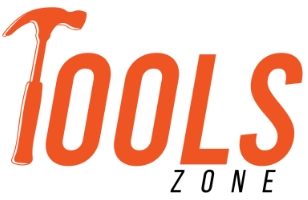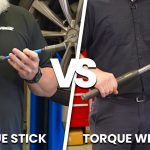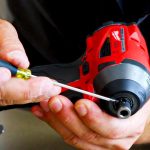Table of Contents
Spline sockets are designed to provide high strength and a compact profile so that the spline fastener’s head can be tightened with higher torque. In short, a spline socket is a tool that helps to tighten and un-tighten both splines and conventional fasteners.
Spline sockets are quite useful, and it’s nice to have one in your toolbox. They tend to have a larger contact area that allows higher torquing without damaging the corners of the nut. In terms of tightening high-strength bolts to high torque loads, spline sockets on spline fasteners can generate twice the torque compared to conventional sockets. But now you may be wondering – what’s a spline fastener?
What Is Spline Fastener?
Spline fasteners have smaller heads when compared to traditional hex fasteners and have a higher tensile strength. Since they can be used to tighten high torque loads, they are frequently employed in heavy equipment applications where vibration is common.

Why Should You Use A Spline Socket?
Sometimes fastener rounding and scoring may cause foreign object debris (FOD). However, the spline forces a tight fit between the attaching tool and the fastener, reducing FOD. Spline sockets can also be used to turn fasteners with broken corners since the contact between the fastener and the socket is far away from the corners.
6 Point vs 12 Point vs Spline Socket
A lot of the time, while getting into the automotive field or into anything that involves fasteners, people don’t understand which socket to get – a six-point socket, a twelve-point socket, or a spline socket.
Six-point sockets are most commonly used by both professionals and DIY’ers. It comes with a large surface area, so it will cover all sides of the six-point fastener. And because it offers a good surface area, there is less chance of rounding the fastener.

Twelve-point sockets are designed to work with both six and twelve-point fasteners. However, the socket head comes with a small contact area. That’s why if you’re not careful, there’s a chance it can cause the head of the fastener to become rounded off. Moreover, if you’re working in the automotive field, you’re going to need the twelve-point socket more often than you think.
A spline socket can seem quite similar to a twelve-point socket design-wise. However, the teeth are exaggerated on each spline drive. So, the corner or head of the fastener fits pretty deep within the teeth of these sockets, giving you the ability to put a greater amount of torque without rounding off the fastener. And not to forget, spline sockets are compatible with a wide range of fasteners.
However, do remember that the performance of these sockets will vastly depend on their manufacturer and quality as well.
What Are Spline Sockets Used for?
Along with helping tighten high-strength bolts to high torque loads of spline fasteners, a spline socket works great with conventional fasteners as well. They can be used for torque drives, square drives, six-point drives in inches and metrics, twelve-point drives in inches and metrics, and hexagonal fasteners with rounded tips.
Thus, you can use a spline fastener across multiple-shaped fasteners. Due to their ability to deliver up to twice the amount of torque on a spline fastener, they’re used in military and commercial aircraft where space and torque are essential. They’re also suitable in automotive and industrial sectors where a lot of torque is required.










Leave a Comment